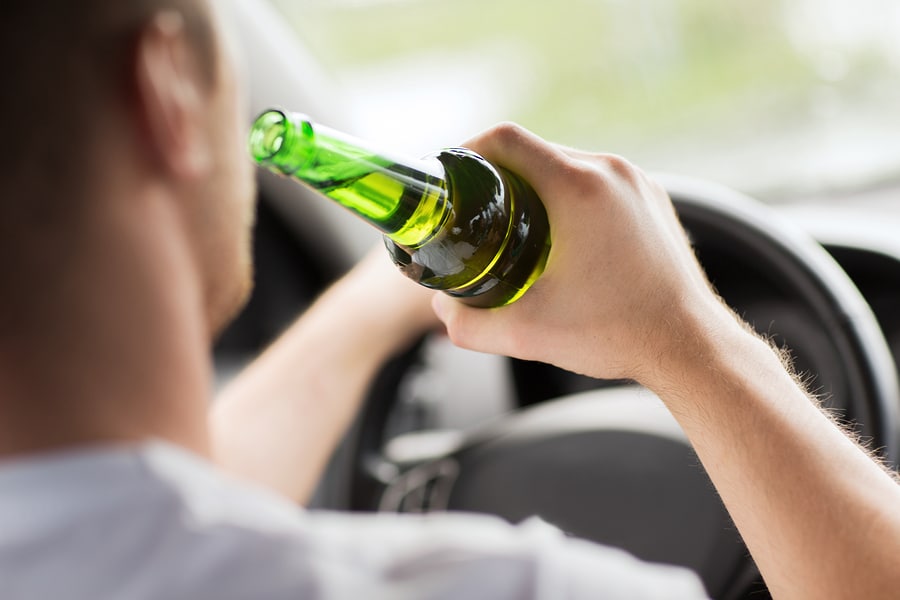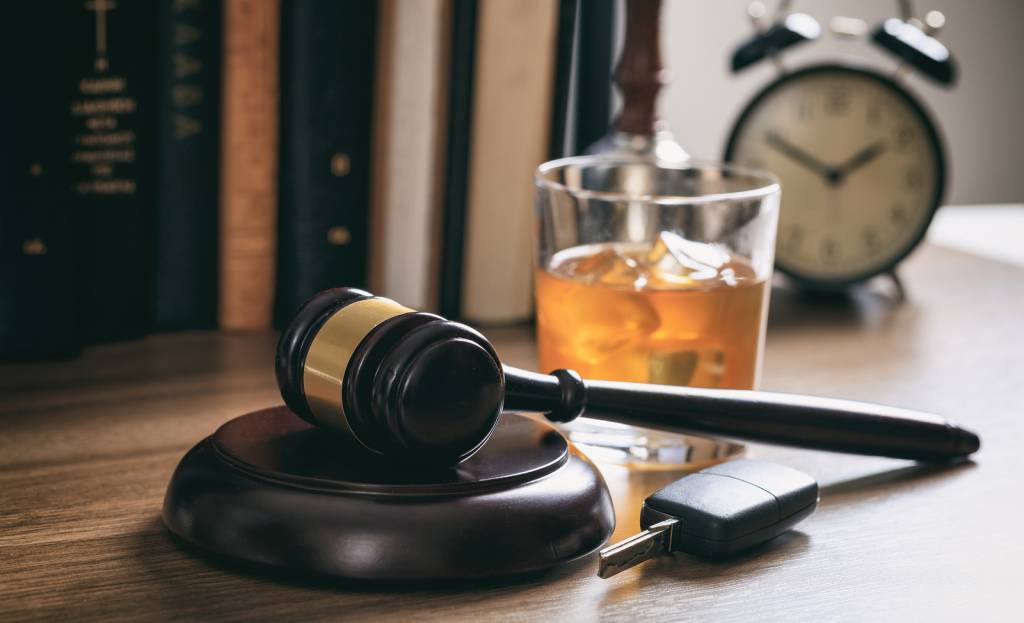Facing gang-related shooting charges in California is an incredibly serious and life-altering situation. The consequences of a conviction are severe, often involving long prison sentences, heavy fines, and a permanent criminal record. When a gang enhancement is added to a shooting charge, the stakes rise even higher. While the charges are severe, it is possible to mount a solid defense.
Understanding the Legal Landscape
California has some of the toughest laws in the country when it comes to gang-related crimes. Specifically, the California Street Terrorism Enforcement and Prevention (STEP) Act adds significant penalties to any crime committed in connection with gang activity. Under Penal Code 186.22, a person involved in a gang-related shooting may face additional time on their prison sentence.
Challenging Evidence and Affiliation
In a gang-related shooting, prosecutors must not only prove the defendant’s involvement in the shooting but also show that the crime was committed “for the benefit of, at the direction of, or in association with” a gang. This requirement gives defense attorneys several avenues for building a defense, as it opens up opportunities to challenge the gang connection itself.
Proving Gang Affiliation
One of the most effective strategies in defending against gang-related shooting charges is to challenge the assertion that the defendant is affiliated with a gang. Prosecutors often use weak or circumstantial evidence, such as a person’s appearance, the clothes they wear, or their neighborhood, to label them as a gang member. However, gang affiliation is not always as clear-cut as prosecutors make it seem. If a defense attorney successfully disassociates the defendant from gang activity, it can lead to the dismissal of the gang enhancement, drastically reducing the potential penalties.
Questioning the Motive
Another key strategy in defending against gang-related shooting charges is questioning the motive behind the alleged shooting. Prosecutors will attempt to argue that the shooting was carried out to benefit or promote the gang. However, the motive is often speculative, and there may be alternative explanations for why the shooting occurred.
Discrediting Witness Testimony
In gang-related cases, witness testimony is often a cornerstone of the prosecution’s argument. Witnesses may claim to have seen the defendant at the scene of the crime, participating in gang activity, or firing a weapon. However, witness testimonies, especially in gang-related shootings, are frequently unreliable. Witnesses may be intimidated, coerced, or biased due to their gang affiliations or fear of retribution. A strong defense strategy involves discrediting these witness testimonies.
Analyzing Ballistic and Forensic Evidence
In any shooting case, including gang-related ones, ballistic and forensic evidence plays a critical role. Prosecutors will often rely on forensic evidence to connect the defendant to the shooting, which may include gunshot residue tests, ballistics matching, or fingerprints found on a weapon. However, forensic evidence is not foolproof and can be challenged.
Arguing Lack of Intent
In gang-related shooting cases, intent is a crucial element that the prosecution must prove. They must show that the defendant not only committed the shooting but did so with the intent to benefit the gang with evidence, and defense attorneys often argue that the prosecution has failed to meet this burden of proof.
Exploring Plea Deals and Lesser Charges
While the goal of the defense is to have the charges dismissed or the defendant acquitted, sometimes the best course of action is to negotiate a plea deal. In gang-related shooting cases, especially when the evidence is strong, a plea deal can result in lesser charges and reduced sentences. A defense attorney will explore all possible avenues for plea deals, including reducing the charges to non-gang-related offenses.
A defense attorney can argue that the shooting was accidental or that the defendant did not intend to benefit the gang. For example, if the shooting occurred in the heat of the moment or as a reaction to a threat, the defense can argue that the defendant lacked the requisite intent to commit a gang-related crime. By focusing on intent, the defense can raise doubt about the prosecution’s ability to prove the charges beyond a reasonable doubt.
Filing Pretrial Motions
Pretrial motions can be a powerful tool in gang-related shooting cases. A defense attorney may file motions to suppress evidence, dismiss charges, or limit the prosecution’s ability to introduce certain types of evidence. For example, if the police conducted an illegal search or seizure, the defense could file a motion to suppress the evidence obtained as a result, which can weaken the prosecution’s case and even lead to the dismissal of charges.
Additionally, pretrial motions can be used to challenge the gang enhancement itself. A defense attorney may argue that the prosecution has not provided sufficient evidence to prove the gang connection, leading to the removal of the gang enhancement from the charge, which can significantly reduce the potential penalties the defendant faces.
Seek Legal Support
Defending against gang-related shooting charges in California requires a strategic approach. By challenging gang affiliation, questioning the motive, discrediting witness testimony, analyzing forensic evidence, negotiating plea deals, and filing pretrial motions, a skilled attorney can build a strong defense. The goal in these cases is to create reasonable doubt in the minds of jurors and, ultimately, secure a favorable outcome for the defendant.
Although gang-related charges are serious, they are not insurmountable, and with the right defense strategies, those accused can protect their future. Call Miranda Rights Law Firm today at 213-255-5838 to schedule a free consultation with our team. We’ll fight for you and ensure your rights are protected while facing gang-related shooting charges.





